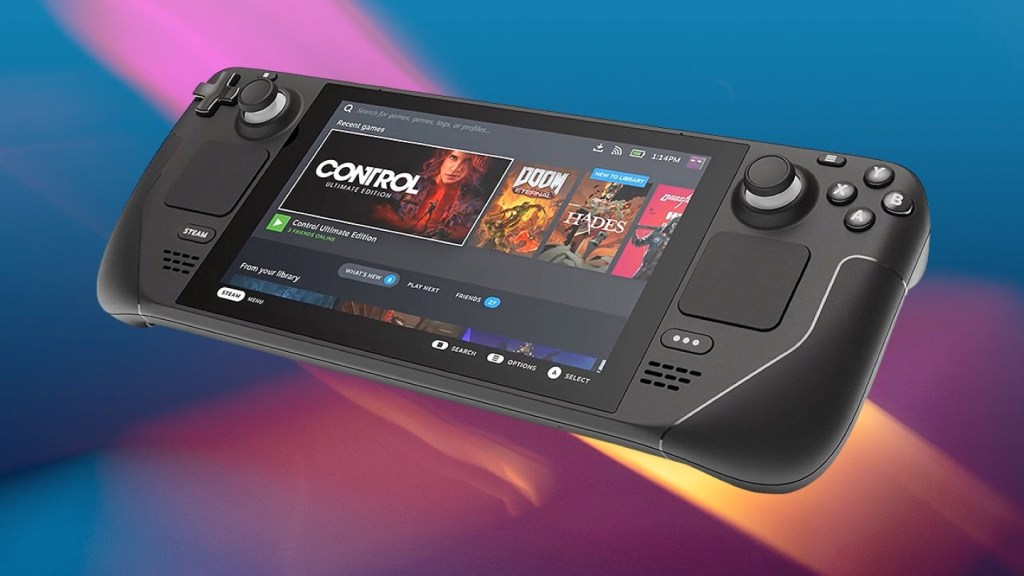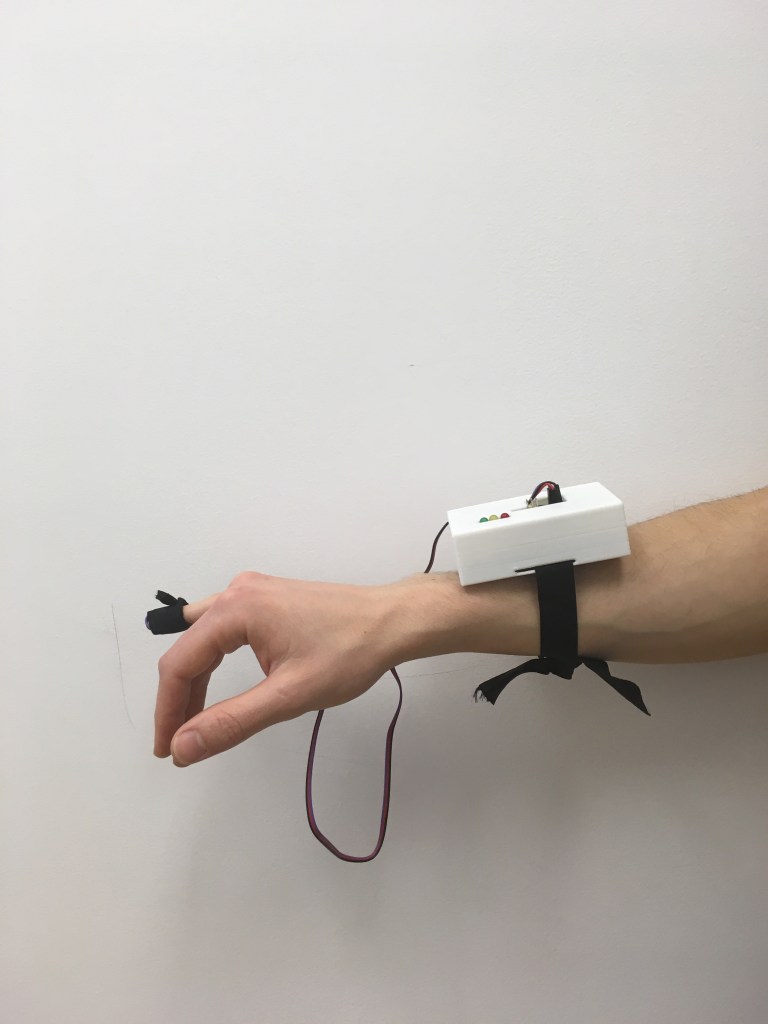When covering British Columbia’s overdose crisis, there’s pretty much no such thing as good news. Over the last year I’ve written about more than a thousand overdose deaths, burnt out frontline workers, lack of treatment options in prisons, and terrible conditions in some recovery homes.
But every once in awhile something happens on this beat that makes me feel like maybe humanity isn’t totally doomed. This is precisely the vibe I got from Overdose Prevention Society co-founder Sarah Blyth’s recent tweet about a crew of student engineers that are developing a technology that aims to save lives in Vancouver’s hard-hit Downtown Eastside.
Videos by VICE
University of British Columbia engineer Sampath Satti told VICE the idea came out of a hackathon hosted between engineering and medical students over the winter. The device monitors changes in users’ respiratory rate—one of the biggest indicators of impending overdose—and can alert others in the area that someone is about to go down.
Satti and his team Harry Alexander, Prashant Pandey, Mark Trinder, Anderson Chen and Perneet Sekhon hope the opioid-reversing drug naloxone can then be used more quickly. “The goal we’re trying to achieve in an area like the Downtown Eastside, where there is no shortage of naloxone kits, is to connect people who have them to the people who need them,” he told VICE.
Satti recently showed VICE a crude prototype his team developed, which is going to be tested at an overdose prevention site next week.
VICE: How did this project get started?
Sampath Satti: The idea started with the observation that 90 percent of overdose deaths were actually happening indoors. This was happening in conjunction with existing methods of naloxone distribution. We asked why so many deaths were still happening with all these harm reduction measures being taken. We hit on the hypothesis that even though there are naloxone kits out there, when people overdose alone and nobody is around to help, those are the cases that are going to go all the way from overdose symptoms to death. We started thinking about solutions, and found that respiratory rate is one of the biggest indicators for impending overdose.
What are you trying to make, what does it look like?
It’s basically a wristwatch, or the form will look like a wristwatch. Right now the prototype has a pulsoximeter that attaches to the finger, which will be integrated into a glove. The person wearing the glove can connect the wires to the wrist watch, and when they overdose and the respiratory rate goes down, it will generate a local alarm. Ideally future prototypes will be just a sensor on the watch that sits on the wrist that can be worn all the time.
How does it work?
You may have seen a pulsoximeter in a hospital before. It measures the variability in the heart rate, which we can correlate to the respiratory rate. The sensor itself is a simple LED and photo detector, which captures light reflected off the finger.
How do you see it being used?
We think it could be used in social housing. If you could generate a local alarm, it could go to the caretaker of the SRO, who would be monitoring the overdose symptoms of maybe 1,000 people. That would probably be our next step.
Have you tried it out on anybody?
No, with a device like this, we can’t make users think this protects them in any way from overdose. Right now we can only test in a controlled environment. Part of what we’re doing with [overdose prevention site co-founder] Sarah Blyth, is evaluating if it can be tested in supervised injection sites, in the presence of volunteers. Then we’ll see if we can capture impending overdose. Right now we’re focused on the technology, trying to make it reliable, so we know it can detect opioid overdose signs early. It’s still a hypothesis, so we’d like to get validation at an injection site first, which will give us data to build a better prototype.
Do you see yourselves running into any roadblocks?
The primary challenge will be user compliance. Would they wear these things? Would they take care of them? The device should also work in tandem with other harm reduction measures, and not encourage risky behaviour. We don’t want to encourage people to use alone, but in the event that they do, this will help.
What are you hearing from frontline workers?
Feedback has been overwhelmingly positive. The Overdose Prevention Society has said users would be willing to wear the device, that it wouldn’t add to social stigma.
Right on. Can I come see you test it out?
Definitely, I think by next week we’ll have something really nice to show you.
Interview has been edited for clarity and style.
Follow Sarah Berman on Twitter.
More
From VICE
-

Screenshot: Sony Interactive Entertainment -

-

LOS ANGELES, CALIFORNIA – NOVEMBER 14: Timothée Chalamet seen at a Special Screening of A24's "Marty Supreme" at Academy Museum of Motion Pictures on November 14, 2025 in Los Angeles, California. (Photo by Eric Charbonneau/A24 via Getty Images) -

Photo: Gandee Vasan / Getty Images
